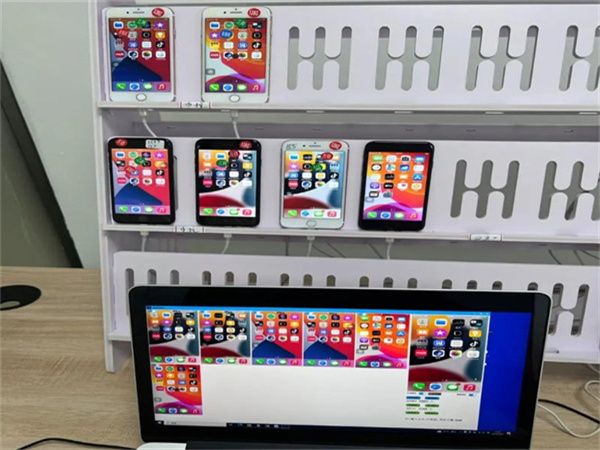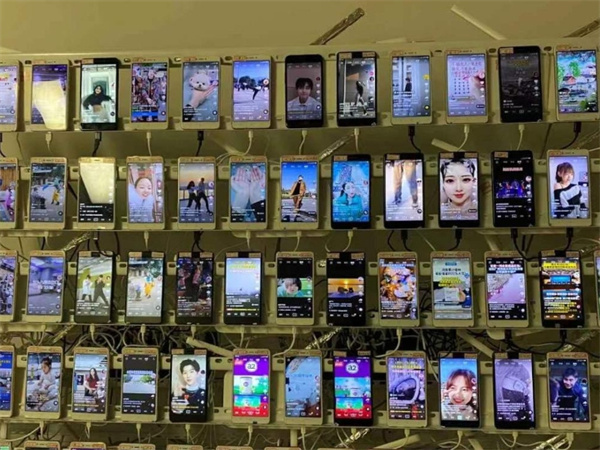随着人工智能技术的迅猛发展,AI带货直播软件已成为电商领域的一股新兴力量,这类软件通过结合AI技术、虚拟形象和实时互动功能,极大地提升了用户体验和购买转化率。
在开发这类软件的过程中,源代码的编写至关重要,本文将为大家科普AI带货直播软件开发中可能会用到的五段关键源代码,这些代码段覆盖了从界面交互到数据处理等多个方面。

1、直播界面初始化代码
直播界面的初始化是软件开发的第一步,它负责创建基本的用户界面,以下是一个使用Android平台的Java语言编写的简单直播界面初始化代码示例:
这段代码演示了如何在Android应用中设置直播视频流和购买按钮的点击事件。
2、商品列表展示代码
商品列表是直播带货中不可或缺的部分,以下是一个使用RecyclerView展示商品列表的适配器代码示例:
这段代码展示了如何使用RecyclerView展示商品列表,并通过适配器将商品数据绑定到每个列表项上。
3、AI虚拟主播交互代码
AI虚拟主播是AI带货直播软件的核心,以下是一个简化的虚拟主播交互代码示例,展示如何使用自然语言处理技术处理用户输入:
虽然这个例子只是使用BERT模型进行简单的文本补全,但在实际开发中,AI虚拟主播会利用更复杂的自然语言处理技术和机器学习模型来理解和生成更加自然和准确的回答。
4、实时数据推送与统计代码
直播带货过程中,实时数据推送和统计对于优化直播效果至关重要,以下是一个简化的数据推送和统计代码示例:
上述代码示例使用了Node.js和Socket.IO库来创建一个简单的实时通信服务器,服务器监听用户的连接和断开连接事件,并维护一个用户计数。
当用户购买商品时,服务器会记录这一行为,并通过Socket.IO向所有连接的客户端发送购买通知。
5、AI商品推荐代码
AI商品推荐是提升直播带货效果的重要手段,以下是一个简化的AI商品推荐算法示例,使用基于用户历史行为的推荐策略:
上述代码示例模拟了一个简单的基于用户历史行为的商品推荐系统,它根据用户之前购买或查看的商品,利用预定义的商品相似度字典来推荐相似的商品。

在实际应用中,商品相似度可能会通过复杂的机器学习模型来计算,并且会考虑更多的用户特征和行为数据。
以上五段源代码覆盖了AI带货直播软件开发中的几个关键方面,从界面初始化、商品展示、AI虚拟主播交互、实时数据推送与统计到AI商品推荐。
这些代码段为开发者提供了一个基础框架,以便进一步根据实际需求进行扩展和优化。





















 1万+
1万+

 被折叠的 条评论
为什么被折叠?
被折叠的 条评论
为什么被折叠?








